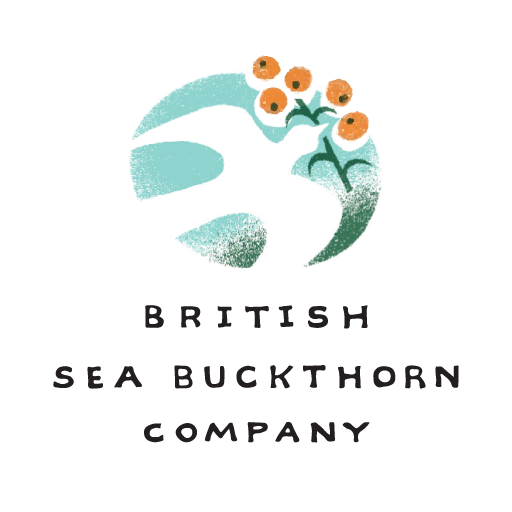The previous blog i have just completed runs into this one and this develops from it.
Small business with aims for the future look for growing into bigger business. There are those that want to be multi-millionaires; there are those who want to be a creative success; there are those who look for financial security and pride in what they do; most probably have a hidden aspiration for millions but have a realisation that practicality is an issue.
My sea buckthorn project has had a few plants in the ground since 2009, with most since 2011. This number is enough to prove which varieties work, but not enough to grow a commercial commodity crop. To do this, my german contacts tell me I should be planting 25 hectares which will – within four years with the right investment in growing technology produce 300 tons of berries. I then think back to a conference where the mechanical harvesting system that has been developed was being presented and I am fairly sure that a mention was made of a need of 125 hectares for viability. 1500 tons of berries being produced within the UK would produce over 1,000,000 litres of juice; 90 million sea buckthorn oil supplement capsules; hundreds of tons of leaf for livestock feeds. Is this my dream – yes it probaly is, but to invest in such a business now would demand millions of pounds to develop the market. As it has with competing fruits such as pomegranate; cranberry; and blueberry. I have total faith in sea buckthorn – its nutritent quality; its ability to pair with other ingredients to make spectacular taste; its ability for multiple use. But reality tells me that as Coco cola took 80 years or so to develop, it might take a few years to see my sea buckthorn farm come to reality.
But that process has started. I know how special the Siberian berries are over their commercial european varieties. I know some of the hurdles that need to be jumped to grow them but they are by no means insurmountable. Technology will need investment as will product development, as will market development. These can be jumped in big steps or little ones – the latter just takes longer, but is probably surer.
Back in February I signed up to the Growth Accelerator scheme. A government sponsored scheme for small companies with big ideas that want to grow and find ways to grow faster.
The process provides a mentor. This is a valuable asset – having someone to judge and advise on your thought process. There are clearly some businesses where growth can be developed and scaled up rapidly particularly in manufacturing where variables can be defined and controlled. Market development and access to finance are key resources issues. The second of these being something that is key as since the recession in 2008, funding risk enterprise is more difficult.
Last week there was the first masterclass session, provided at the offices of Grant Thornton in London. A masterclass in understanding finance; different types of finance available and how to access it.
As with many new experiences in life, often these revolve around the people you meet. It is often their experiences that set new trends of thought as to how to resolve issues or problems. All too often it is possible to become too introverted and subjective about the business in which you have a passion. Often problems that seem enormous are cut down to size, and some that seemed insignificant become points of focus.
This first masterclass was the first of three. The next requiring me to have honed a presentation into shape to pitch my business idea for funding. This now requires me to focus. What do i want funding for; and what do I need funding for? Or even am I in a position to need funding at this stage?
The final question is a simple one. I need funding for the farming business, but in very specific ways and in very targeted ways. One could spend precious funding on installing technology when there is just not the crop to justify it at this time. Time assessment is an issue, because it takes four plus years to grow a crop with yield potential – that needs to fit with a business growth plan so that its productivity fits with an ability to supply a growing market.
I need funding more though for market development – including market awareness development. Bringing examples of products to the market to develop interest; to supply interest; to make profit to fund the farm enterprise so that ultimately the farm enterprise will grow into the market that can be established with selected product. Product selected for its qualities to meet market demand. This in itself is a statement. At what stage does market interest become market demand? I see this process as being one that chases the concept of market interest in innovation and new ingredient as being real, but tempered by the issue that 8 out of 10 new start ups in innovative/functional foods fail. Understanding what is a real interest with long term potential is also important as food NPD is often driven by fashion and fad which could be short term.
So between now and the next masterclass i need to have trimmed my thoughts and focused on specifics. When this is the time of year for harvest and other work that may be essential but is a distraction – the best thing about this Growth Accelerator scheme is that it sets an agenda within a time frame and creates a realisation of the need for time management in order to keep priorities progressing.
